Chimney Repair: How To Prevent Chimney Leaks
Chimney leaks are very common chimney problems that you can prevent with proper chimney maintenance. Here are some of the things that you need to do to prevent the leaks:
Install a cover
The chimney cover prevents rain from falling straight into the house. The cover also keeps birds, debris and animals from getting into the house. When installing the cover you shouldn’t cover it entirely—you should leave some spaces to protect your family from carbon monoxide poisoning.
Fix the chimney crown
The chimney crown located at the top of the chimney and it prevents rain from getting into the house. Since it’s made of cement, it’s prone to cracking. To prevent water from leaking you should identify the cracks as soon as possible and fix them.
The crown is very sensitive; therefore, making the wrong move will result to the problem getting worse than it already is. To avoid this you should ask a chimney repair professional to fix the problem.
Fix the water seal
It’s mandatory for all chimneys to have a water seal to prevent water from getting into the house. With time the seal degrades thus allowing water to leak. If there is no apparent reason why your chimney is leaking you should check the seal.
The best way of doing it is wetting the chimney with a hose or bucket. If you wet the area and the water is quickly absorbed and the area turns dark too quickly, chances are that the seal needs replacement. The best way of going about it is water proofing the chimney with water repellant.
Replace the flashing
The flashing prevents water from getting into the area where the brick comes through the roof. The flashing is usually made of aluminum and it goes through the bricks sealing the faulty spots. As the chimney ages, so does the flashing. If you notice that the flashing has come off you should hire a chimney contractor to replace it.
Inspect the joints
Brick and mortar joints tend to get loose, cracked or chipped. As a consequence they leak. You should ask a professional to undertake chimney inspection in order to identify any fault lines that might be there. If the bricks have become loose you should ask the masonry repair professional to fix them.
Conclusion
Proper chimney maintenance is the solution to chimney leaks. To have an easy time, you should work closely with an experienced chimney repair company.
The post Blog first appeared on First Class Chimney Services.
This post first appeared on https://www.firstclasschimneyservices.com

 Old homes that reflect the architecture and charm of designs from the past have tremendous appeal, but it is critical to address issues that come with an old chimney. In aging and historic homes,
Old homes that reflect the architecture and charm of designs from the past have tremendous appeal, but it is critical to address issues that come with an old chimney. In aging and historic homes,  Masonry Damage
Masonry Damage

 Traditional open masonry fireplaces might look nice, but they’re not great at producing enough heat during our long, cold Connecticut winters.
Traditional open masonry fireplaces might look nice, but they’re not great at producing enough heat during our long, cold Connecticut winters. Get the fireplace you want
Get the fireplace you want A house fire isn’t just something that happens to other people. It can happen to anyone. Fortunately, by engaging in safe practices with your
A house fire isn’t just something that happens to other people. It can happen to anyone. Fortunately, by engaging in safe practices with your  6. Have your chimney cleaned once a year
6. Have your chimney cleaned once a year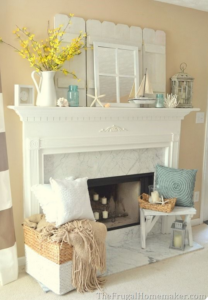
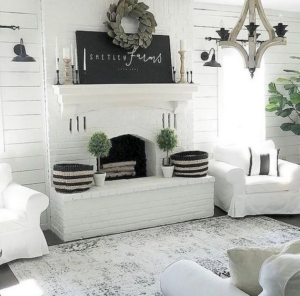

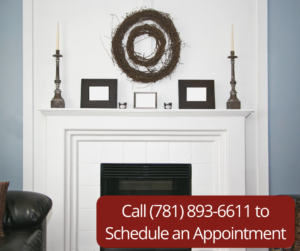

 Creosote buildup
Creosote buildup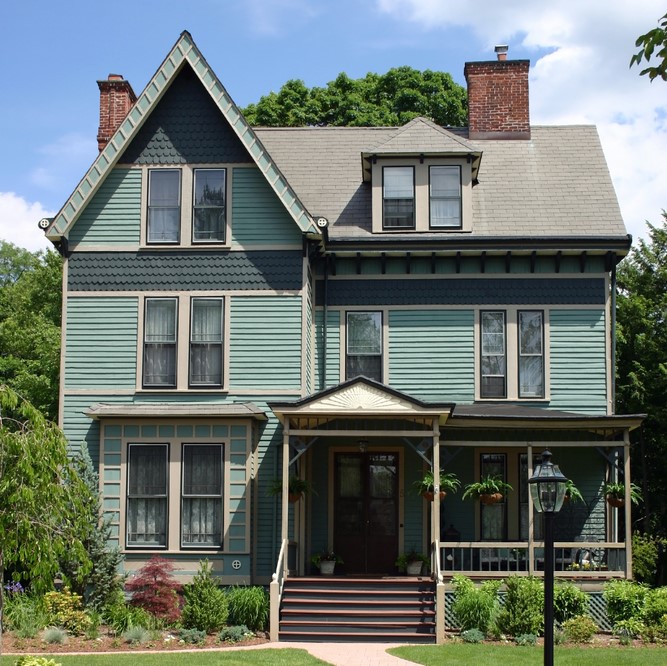 A chimney that receives regular maintenance should give many years of safe and efficient service. But once a chimney passes into “old age,” i.e., 50 or 75 or more years old, certain problems should be expected. Still, with proper repairs and maybe some alterations,
A chimney that receives regular maintenance should give many years of safe and efficient service. But once a chimney passes into “old age,” i.e., 50 or 75 or more years old, certain problems should be expected. Still, with proper repairs and maybe some alterations, 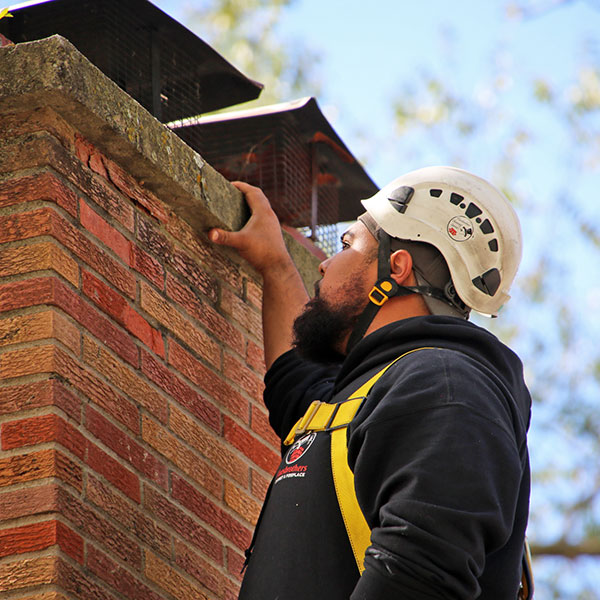 Historic chimney inspections
Historic chimney inspections